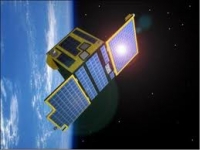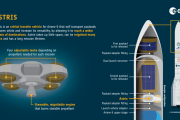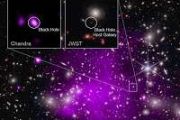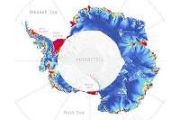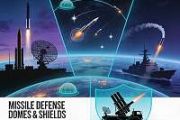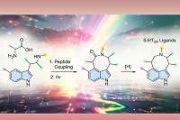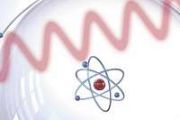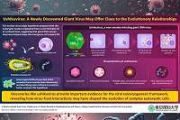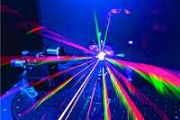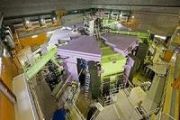PROBA (Project for On-Board Autonomy) is a family of small Earth observation satellites, part of the ESA's MicroSat program.
Proba-1 was launched by ISRO in 2001. It is a technology demonstrator turned operational Earth observation mission - ESA's smallest, less than a cubic metre in volume. Proba-1's main instrument is the Compact High Resolution Imaging Spectrometer (CHRIS), acquiring 13 square km scenes at 17 m spatial resolution in 18 user-selected visible and near-infrared wavelengths. This agile satellite can also deliver up to five different viewing angles. Nearly 20,000 environmental science images have been acquired. This small boxlike system (40×60×80 cm; 95 kg), with solar panel collectors on its surface, has remarkable image-making qualities. It hosts two Earth Observation instruments (dubbed CHRIS and HRC). It is a hyperspectral system (200 narrow bands) that image at 30 m, plus three in the visible that have 15 m resolution.
Proba-2, the second satellite in the Proba-series, has been launched on November 2, 2009, together with the SMOS mission. Proba 2 is a 0.6 × 0.6 × 0.8 meter, box-shaped structure weighing 130 kg with two deployable solar panels. It has a total of four instruments; two complementary solar observation instruments dubbed SWAP and LYRA, and two plasma measurement instruments dubbed TPMU and DSLP.
Further planned satellites in the Proba series are the formation flight Proba-3 and Proba-V (Proba Vegetation). They are on-going developments without defined launch dates.

